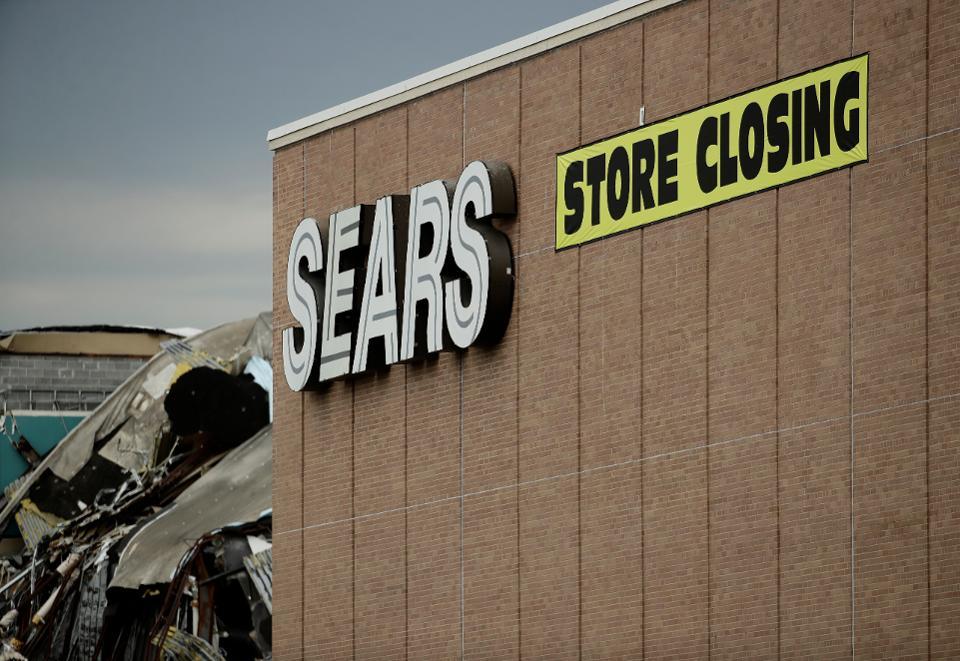Introduction
Downsizing is one of the more commonly used tactics for addressing a crisis within a company. The process often involves a reduction in the employee pool through the elimination of various positions within a company that is determined to be unessential by the managing staff. The reasons for downsizing are few, but its effects and consequences can be numerous. With downsizing being a relatively common practice, it is important to establish why it occurs and how it affects all the shareholders of the organization. This paper will present both reasons and consequences of downsizing, as well as an example of one firm that was downsized.
Reasons for Downsizing
There are two types of companies that utilize downsizing: large companies on the brink of failure, and successful companies with a need to become leaner. Both types are in need of increased efficiency, and their managers see a reduction in the personnel as a way to gain it. In theory, downsizing allows a company to lower the costs of personnel, reduce average salaries within the firm, have less underutilized human resources, and a variety of other positive outcomes for the company. Failing companies choose to downsize their business out of a perceived necessity. When the estimates show that the company will not be able to sustain its current operation in the following year, some managers start seeing downsizing as the only option to keep the company from going broke. The reason for the perceived lack of alternatives may lie in the lack of creative thinking on the part of the manager, however.
Closer inspection shows that a variety of alternative options have been utilized by companies put in such situations, and some have not only sustained the companies in question but improved their operation overall. Some cases, however, require downsizing (York, 2009). For example, when a more efficient technology replaces a whole profession, downsizing is almost inevitable. A large number of steam engine operators had to change their careers with the popularization of the internal combustion engine. Electrical power companies had to fire the majority of the staff that was responsible for checking electrical meters house to house. With time, new technology always makes some positions obsolete, and while tactics such as retraining of the employees and internal job boards may lower the number of downsized employees, it does not prevent downsizing in those cases.
For successful companies, the reason is similar but does not hold the same urgency. It is seen as a viable way of increasing profits due to changes in the supply and demand for products produced by the company or newly introduced production techniques. To prevent a company from bloating and to increase its efficiency, managers choose to remove less utilized positions to focus on more profitable ones. The process and its consequences are often the same for both types.
Consequences for Communities
The consequences of downsizing can be severe for the company, its employees, and communities that surround downsized organizations. While companies are seeking increased productivity and cost-efficiency, the results are not always positive. There is a number of negative outcomes that come with downsizing, especially when it affects a large portion of the company staff. Statistics show that downsized companies rarely become more profitable than those that choose alternative measures of achieving efficiency and often become less profitable than prior to downsizing. When a company is downsized, it affects all parts of the work process. Projects that are in development at such companies encounter setbacks, which lead to an extension of deadlines and, at times, obsolescence of the product. This consequence is especially common in the field of electronics, where a technological breakthrough can make a delay in production fatal for the company. Downsized companies often lose their competitive position because the practice suggests that the company is experiencing issues (Manson, 2014).
However, perhaps the most lasting consequences of downsizing are experienced by the employees and their communities. Both employees that were let go and those that stayed in the company experience negative effects of downsizing. Those who were let go are likely to feel powerless in the face of their termination, shock, shame, social isolation, and feelings of betrayal are also common among the fired. This state leaves a person with a severe lack of confidence that can lead to prolonged unemployment and various associated issues such as substance abuse and even homelessness. Those who stay with the company often lose faith in the security of their position, anger and depression become more common in the workplace, and loyalty to the company disappears. Such employees are unable to fully trust their manager, and the atmosphere in the workplace becomes highly tense (Manson, 2014). Creativity is such situations suffer, which can have an effect on the competitiveness of the company. Some companies develop a culture of mediocrity, where improvements are not seen as a priority, and the bare minimum becomes the norm (Schenkel & Teigland, 2017). The sustainability of such organizations is very limited, as creativity is essential for organizational success in the majority of industries.
With all the employees experiencing emotional and psychological difficulties, their communities may be affected. The unemployment levels are likely to rise due to past employees being unable to find a new job in the competitive market. Crime and homelessness may increase with time as those who suffered the most from downsizing begin searching for alternative means of sustaining themselves (Milliken, Schipani, Bishara, & Prado, 2015). Eventually, it may lead to even worse consequences where whole communities become unsustainable.
Example of Downsizing

The mall industry experienced downsizing in almost every organization. Due to the rise of online commerce, big-box malls lost the majority of their appeal to the customers. Their prices are almost always larger, availability of the products is limited by store, and the customer experience overall cannot compare to ordering a product at home and having it delivered in a short time. One company that utilized downsizing in an attempt to remain competitive is Sears Roebuck & Co. Even before the internet became a direct competitor, the company eliminated more than 50,000 positions in an attempt to revitalize the company in 1993. It was one of the greatest downsizing efforts in the United States over the last 20 years (Fig 1) and was caused by the shutting down of the catalog that the company produced for almost 100 years during its operation, while at the same time, Sears’s management shut down 113 stores (Zillman, 2015). Despite the excessive number of terminated positions, it did not lead to any long-term positive outcomes for the company.

As of November 14, 2017, the Sears brand has lost the majority of its value. The company merged with a different mall company K-Mart since 1993, but it only led to further issues. In 2017, the company already shuttered 358 stores (Fig 2), and further decline is inevitable (Dennis, 2017).
Conclusion
While downsizing is often seen as a solution to a company’s problems, in reality, it may lead to a variety of negative consequences. Struggling companies utilize downsizing to remain sustainable, and successful ones use it to improve efficiency. However, the effect on profitability is often negligible, and the damage it brings to the employee morale can be worse than the situation prior to downsizing.
References
Dennis, S. (2017). Sears: Dead brand walking. Web.
Manson, B. J. (2014). Downsizing Issues: The Impact on Employee Morale and Productivity. Abingdon, UK: Routledge.
Milliken, F. J., Schipani, C. A., Bishara, N. D., & Prado, A. M. (2015). Linking workplace practices to community engagement: The case for encouraging employee voice.The Academy of Management Perspectives, 29(4), 405–421. Web.
Schenkel, A., & Teigland, R. (2017). Why doesn’t downsizing deliver? A multi-level model integrating downsizing, social capital, dynamic capabilities, and firm performance.The International Journal of Human Resource Management, 28(7), 1065–1107. Web.
York, K. M. (2009). Applied Human Resource Management: Strategic Issues and Experiential Exercises. Los Angeles, CA: SAGE Publications, Inc.
Zillman, C. (2015). The 10 biggest corporate layoffs of the past two decades. Web.